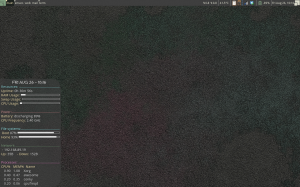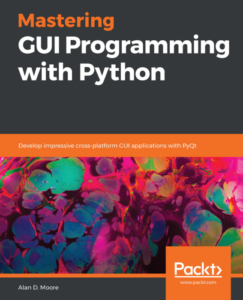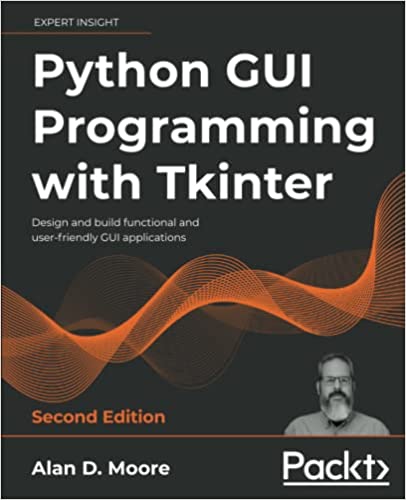Long ago, before I ever knew a lick of BASH or even what an OS kernel was, my passion was not technology but music, music, and more music. Roughly the first half of my adult life was devoted to the writing, playing, and recording of music, and by around 2002 I’d built for myself a tidy little home recording & mixing setup centered on Cakewalk Sonar, Jeskola Buzz, and Windows XP. Alas, the years were not kind to my career or gear, and up until recently my music computer was busy being a game & education machine for the kids.
Thanks to a hard drive crash and the purchase of new machines for the kids, I got my old music machine back, albeit lacking a functioning operating system and software. So, I decided now was a good time to rebuild it. This time, though, I decided the time was right to kick XP and Cakewalk to the curb and go it Free Software style.


